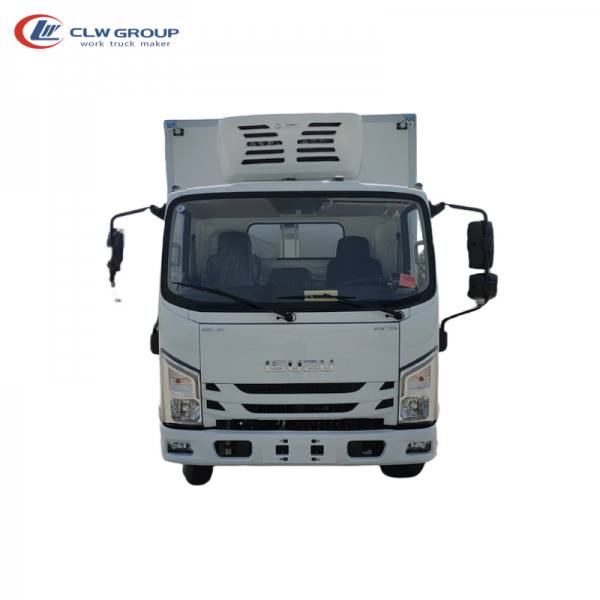Understanding Truck Mounted Crane Capacity A Comprehensive Guide

Introduction
Truck mounted cranes are essential equipment in various industries such as construction, logistics, and transportation. These cranes are versatile machines that can lift and move heavy loads with precision and efficiency. One of the critical factors to consider when using a truck mounted crane is its lifting capacity. In this comprehensive guide, we will delve into the concept of crane capacity, how it is determined, the different types of truck mounted cranes, and the factors that influence their lifting capabilities.
Understanding Crane Capacity
Crane capacity refers to the maximum weight that a crane can lift safely and efficiently. It is crucial to understand the capacity of a crane to ensure that it can handle the loads required for a specific job. The capacity of a crane is typically expressed in terms of both the maximum load weight and the maximum reach or radius at which the load can be lifted. For truck mounted cranes, the capacity is usually specified in terms of metric tons or imperial tons.
Crane capacity is determined by various factors, including the structural design of the crane, the strength of its components such as the boom and jib, the stability of the crane, and the power of its hydraulic system. It is essential to adhere to the specified capacity limits to prevent overloading, which can lead to accidents, equipment damage, and injury to personnel.
Types of Truck Mounted Cranes
There are several types of truck mounted cranes available in the market, each designed for specific applications and lifting requirements. The two main categories of truck mounted cranes are telescopic cranes and knuckle boom cranes.

Telescopic Cranes: Telescopic cranes feature a telescoping boom that can extend and retract to reach varying heights. These cranes are known for their flexibility and reach, making them suitable for a wide range of lifting tasks. Telescopic cranes are commonly used in construction sites, utility work, and maintenance projects.
Knuckle Boom Cranes: Knuckle boom cranes, also known as articulated cranes, have a hinged boom that can fold and unfold like a knuckle joint. https://www.worktruckmaker.com allows the crane to reach over obstacles and access tight spaces more effectively than telescopic cranes. Knuckle boom cranes are popular in industries such as forestry, shipping, and municipal services.
Factors Influencing Crane Capacity
Several factors influence the lifting capacity of a truck mounted crane, including:
1. Boom Length: The length of the crane's boom plays a significant role in determining its lifting capacity. Longer booms can reach greater heights but may have reduced lifting capacity compared to shorter booms. It is essential to consider the required reach and lifting capacity when selecting a crane for a specific job.
2. Counterweight: The counterweight of a crane helps stabilize the machine and counterbalance the weight of the load being lifted. Properly configured counterweights can increase the crane's lifting capacity and stability, especially when working at extended reaches or lifting heavy loads.
3. Hydraulic System: The hydraulic system of a crane powers the movement of the boom, jib, and other components. A robust hydraulic system with sufficient power and precision is essential for maintaining the crane's lifting capacity and operational efficiency.
4. Outriggers/Stabilizers: Outriggers or stabilizers are deployed to provide additional support and stability to the crane during lifting operations. Properly deployed outriggers can enhance the crane's lifting capacity by distributing the load more evenly and reducing the risk of tip-over.
5. Load Chart: Every truck mounted crane comes with a load chart provided by the manufacturer, which specifies the crane's lifting capacity based on various factors such as boom length, radius, and angle. Operators must refer to the load chart to ensure that the crane is not overloaded and operated within its safe working limits.
Conclusion
Truck mounted cranes are indispensable tools for lifting and moving heavy loads in various industries. Understanding crane capacity is crucial for ensuring safe and efficient lifting operations. By considering factors such as the type of crane, boom length, counterweight, hydraulic system, and load chart, operators can make informed decisions to maximize the lifting capacity of their truck mounted cranes. Adhering to safety guidelines and manufacturer specifications is essential to prevent accidents, damage to equipment, and ensure the well-being of personnel involved in crane operations.
